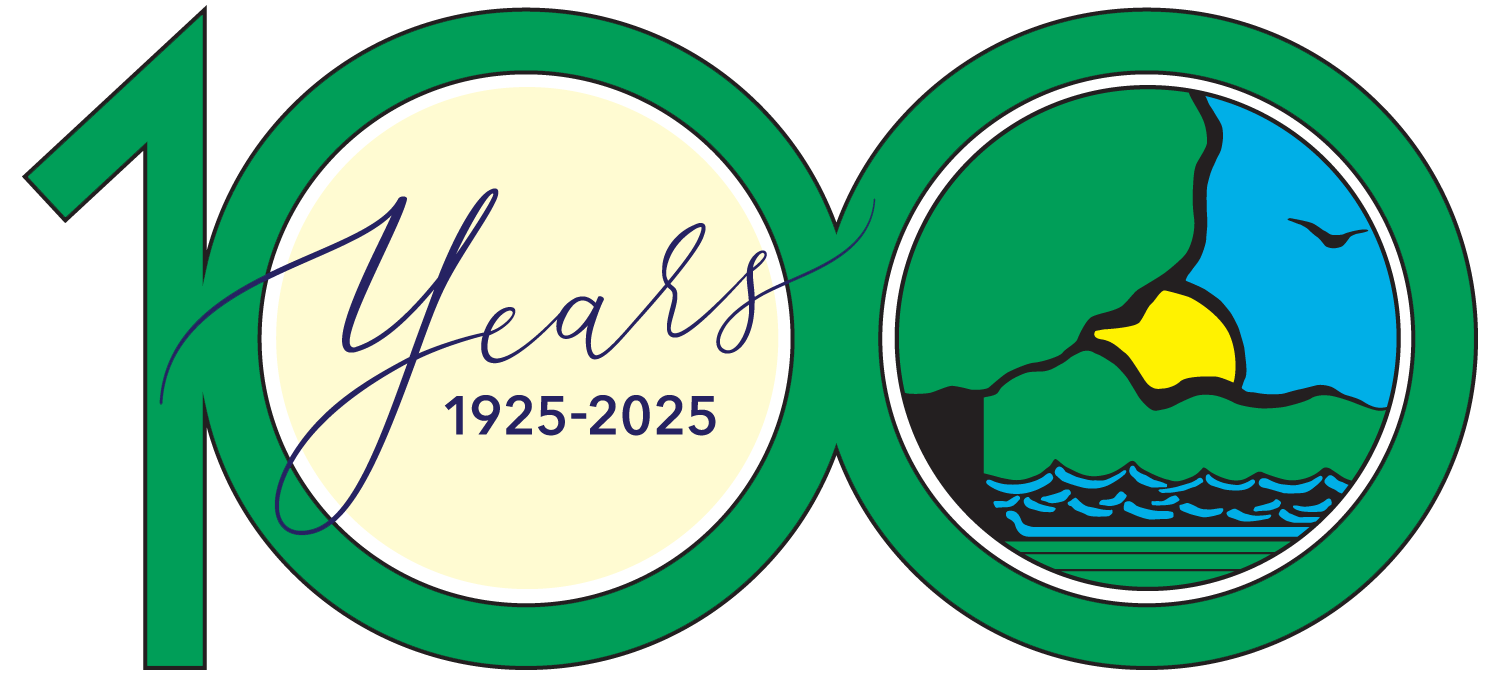
Photo by Jeffrey Hamilton.



Photo by Jeffrey Hamilton.

The worth of a plant is often judged by the eyes of the beholder. A “weed” is sometimes defined as a plant out of place, leaving much to personal discretion. Consider two goldenrods—tall goldenrod and stiff goldenrod. Both are native to Illinois prairies. Both have showy yellow flowers in the fall. The former is an early successional species and common throughout Illinois, growing along fencerows, roadside ditches, fallow fields, and all sorts of patches of waste ground. It is given limited value when seen growing in a prairie remnant.
In contrast, stiff goldenrod is not as common, found mostly in tallgrass prairie remnants in derelict railroad rights-of-way and pioneer cemeteries. Stiff goldenrod is a valued plant in these parcels of prairie, often given a rating of 3 to 5 on a 1 to 10 scale by many prairie enthusiasts, whereas tall goldenrod is assigned just a value of 1.

Certainly, tall goldenrod is not considered a weed, but is given some recognition as a native prairie species. However, stiff goldenrod is regarded with more respect because it grows in less disturbed, higher-quality prairie remnants.
The beaks and palettes of birds such as American goldfinches and some native sparrows make little distinction between the two, eating the seeds of both. Additionally, tall goldenrod can be a significant source of fall nectar for honeybees that produce a deep, amber-colored honey of distinct flavor from it.
Butterflies love this nectar, too! Painted ladies, pearl crescents, monarchs, several species of swallowtails, and other butterflies imbibe. So, think twice before you weed out that tall goldenrod.
Don’t sacrifice this native prairie plant just because someone thinks it lacks value or looks “weedy.” American goldfinches, honeybees, and swallowtails will thank you!
Robert J. Reber is an emeritus faculty member in the Department of Food Science and Human Nutrition of the University of Illinois at Urbana–Champaign. He has been a lifelong student of many aspects of the Natural World, including archaeology. Bob has served as a managing editor and author for publications such as The Illinois Steward magazine and the Illinois Master Naturalist Curriculum Guide.
Submit a question for the author